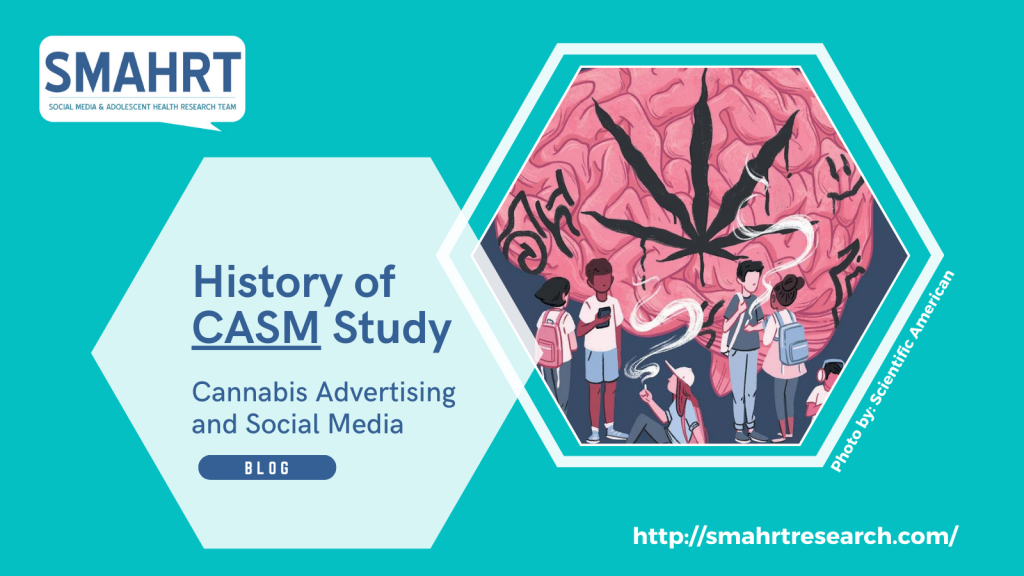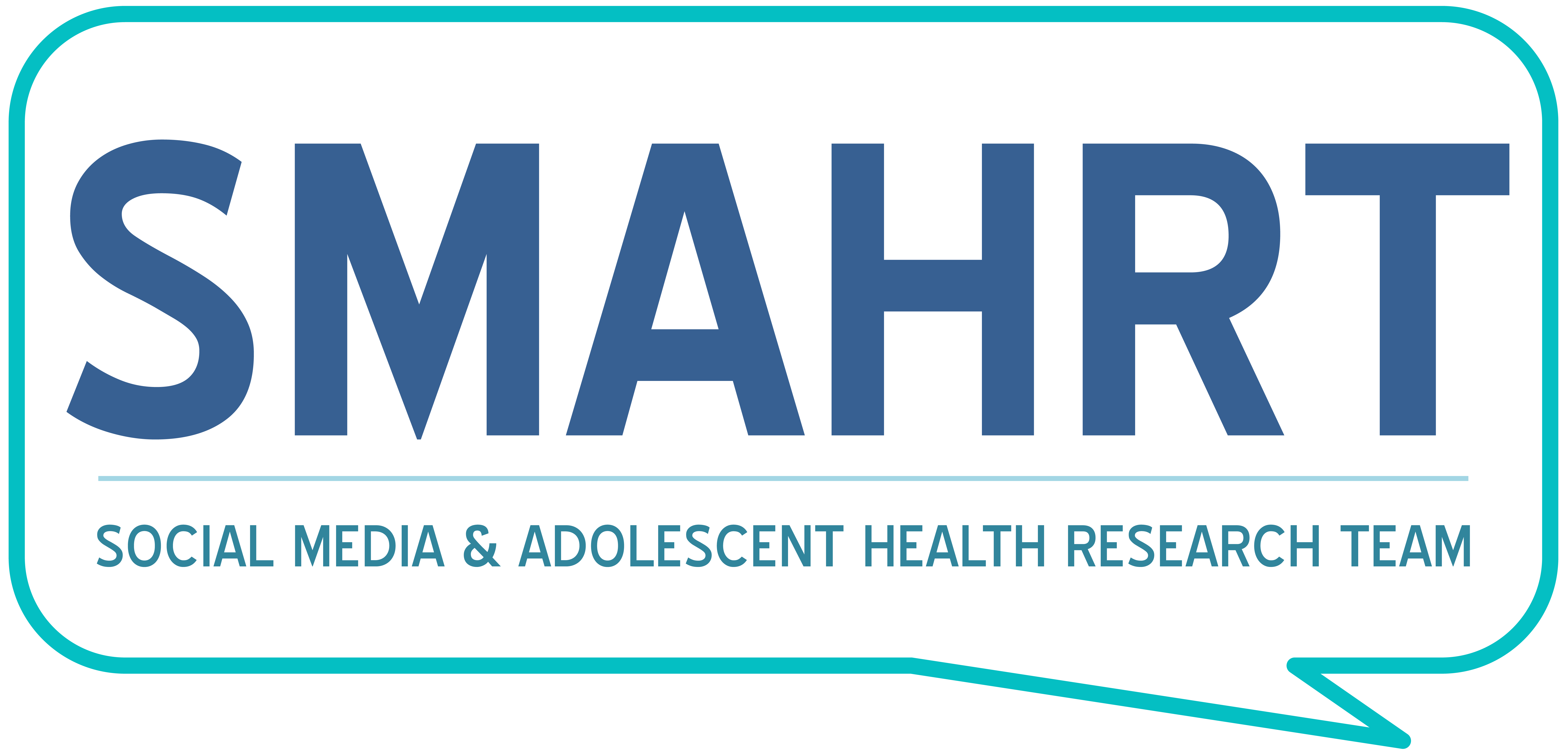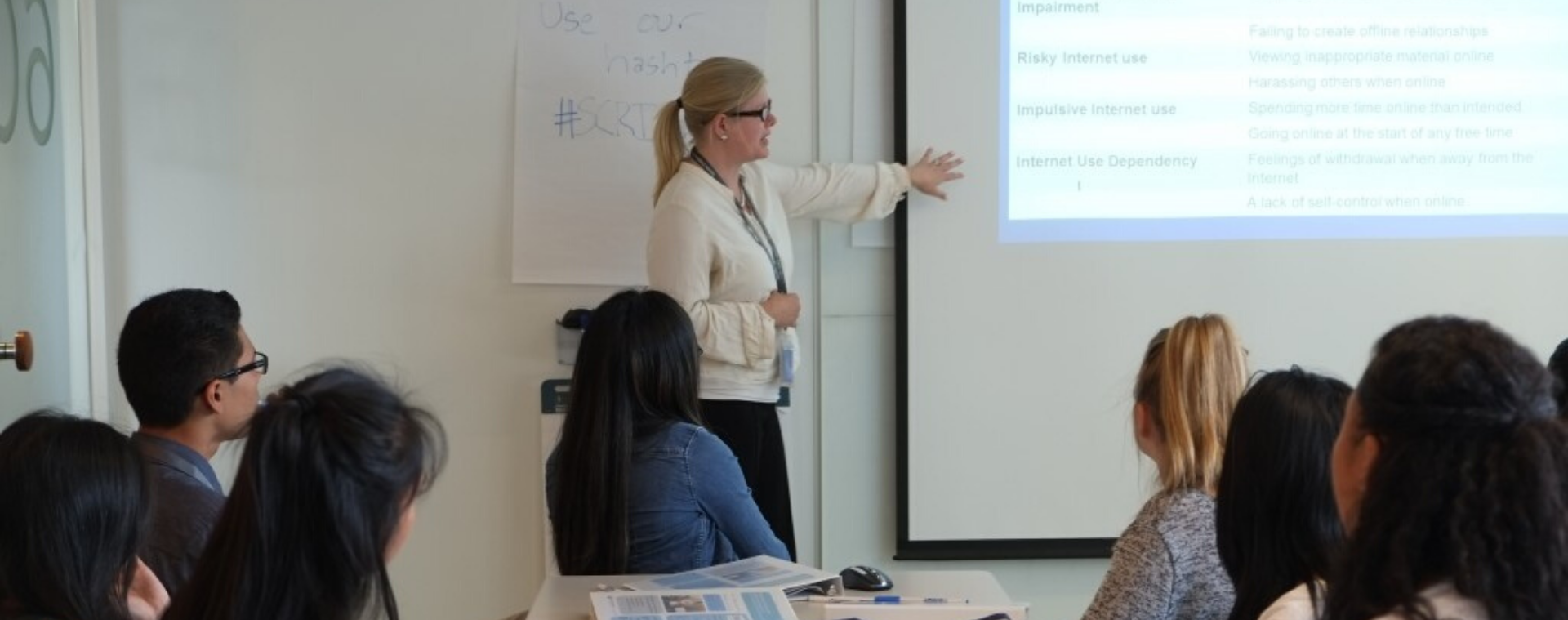
Written by: Meisi Li
According to the latest World Drug Report by the UN Office on Drugs and Crime, the annual prevalence of cannabis use in the population aged 15-16 is 5.8%, compared to 4.1% in the general population. The report also highlights the trend of cannabis legalization in North America and its potential influence on increased daily cannabis use.
The process of legalizing cannabis in the United States began to emerge in 2012 when Colorado and Washington became the first states to legalize the recreational use of cannabis. This past May, Rhode Island became the 19th state in the nation to legalize the recreational use of cannabis. However, underage use of cannabis is still illegal anywhere.
Studies show that teenagers usually start consuming cannabis for curiosity, conformity, socialization, and coping with psychological problems. The Social Media and Adolescent Research Team (SMAHRT) has noticed the impact of cannabis marketing on social media on adolescents’ behavior and has conducted a series of studies using different methodologies. These studies were supported by a R01 grant from the National Institute of Drug Abuse.
Study 1:
Active cannabis marketing and adolescent past-year cannabis use (2019)
Earlier research on the effects of tobacco and alcohol marketing on adolescent consumption showed that adolescents who were more frequently exposed to marketing messages were more likely to consume tobacco and alcohol. The trend of cannabis legalization and its impact on adolescent health has prompted researchers to expand their investigation of marketing messages to include cannabis.
For this 2019 study, SMAHRT and co-investigators collaborated on an online survey of 482 adolescents. Participants were English speakers aged 15 to 19 years old living in Alaska, California, Colorado, Nevada, Maine and Washington, where retail cannabis has been legalized for adult recreational use. After collecting basic demographic information, the survey focused primarily on adolescents’ participation in cannabis social media engagement and past-year cannabis use.
After statistically analyzing the findings, researchers found that adolescents who liked or followed cannabis companies on at least one social media were five times more likely to have used cannabis in the past year, while those who have owned favorite cannabis brands or branded cannabis products are almost eight times higher.
Contemporary models of the consumer journey can often be summarized in three stages: awareness, consideration and decision, with the odds of purchase increasing as the stages progress. The marketing efforts by the cannabis business first informs teens of the product’s existence, and the attention and enjoyment of the related marketing content increase the consideration of teens to try cannabis. The decision stage usually includes the purchase behavior and subsequent building of brand loyalty. The business model is consistent with the study’s findings: adolescents who engage in cannabis marketing are more likely to use cannabis.
Study 2:
A Content Analysis of Cannabis Company Adherence to Marketing Requirements in Four States (2022)
After learning that there is a positive association between marketing exposure and cannabis use, researchers wanted to know: What specific marketing methods are cannabis companies using to reach adolescents when directly advertising cannabis is illegal?
In the study, published in the Journal of Studies on Alcohol and Drugs in 2022, researchers conducted a content analysis of 2,660 posts over one year from 14 cannabis companies in four states where recreational use of cannabis is legal: Alaska, Colorado, Oregon and Washington. The content analysis focused on whether the cannabis companies complied with state regulations for restricted and required content on social media.
Results showed that in terms of restricted content, businesses most often included content using discounts/promotions (34.7% of all posts), effectively targeting teens on a limited budget. In addition, merchants may also have marketing content that encourages excessive consumption, references to pop culture or describes the health benefits of cannabis.
However, regarding required content, less than half of the posts in the sample complied with the inclusion of warnings about being 21 and older, avoiding impaired driving, and describing health risks. More specifically, the presence or absence of explicit requirements in state regulations influenced the frequency of warning messages in posts. For example, in Alaska and Washington, which require three warnings, more than half of the posts met the requirements; in Colorado, which does not require any one message, the number was less than 1.2%. Overall, none of the cannabis companies included in the study were in full compliance.
Study 3:
Cyber-ethnography of cannabis marketing on social media (2021)
In the process of content analysis, the researchers realized the importance of utilizing multiple methods to study online cannabis marketing and decided to conduct qualitative research of the same 14 businesses using a cyber-ethnography approach.
The ethnographic method requires the researcher to observe habits and patterns in the culture as a complete observer or participant, and cyber-ethnography is the application of this method in the online space. Using this research method complements some of the themes that are difficult to identify through content analysis and better demonstrates the cultural framework of cannabis legalization.
After three weeks of content immersion for each social media profile, analysis, and summarization, the researchers identified the theme of the 14 companies’ social media profiles as normalization of cannabis, which included broad appeal and specific targeting paths.
In terms of increasing broad appeal, the main strategies used by cannabis businesses to create content were community involvement, popular culture, informing the public about the benefits of cannabis, and countering negative views about cannabis users. The most notable is popular culture, which is considered a useful strategy for attracting adolescents. Researchers found that businesses often integrate cannabis into producing images, memes, and popular social media hashtags.
And regarding specific targeting, businesses appeal to specific groups by associating cannabis use with everyday activities or hobbies and work to build inclusive group identities for the larger user community. Companies also focus on fostering loyalty among different levels of cannabis users, such as creating and using insider language for experienced users and providing advice on cannabis use etiquette for new users.
These three studies epitomize SMAHRT’s use of different methods to study the impact of cannabis social media marketing on adolescent health. They each demonstrate the association between adolescent cannabis use and exposure to marketing messages, how related businesses fail to comply with regulations for social media marketing, and the framing of cannabis discussions that have evolved as the legalization process has progressed. Findings from these studies can help bring greater attention to the topic while providing direction for national and state regulations to be developed and strengthened.



